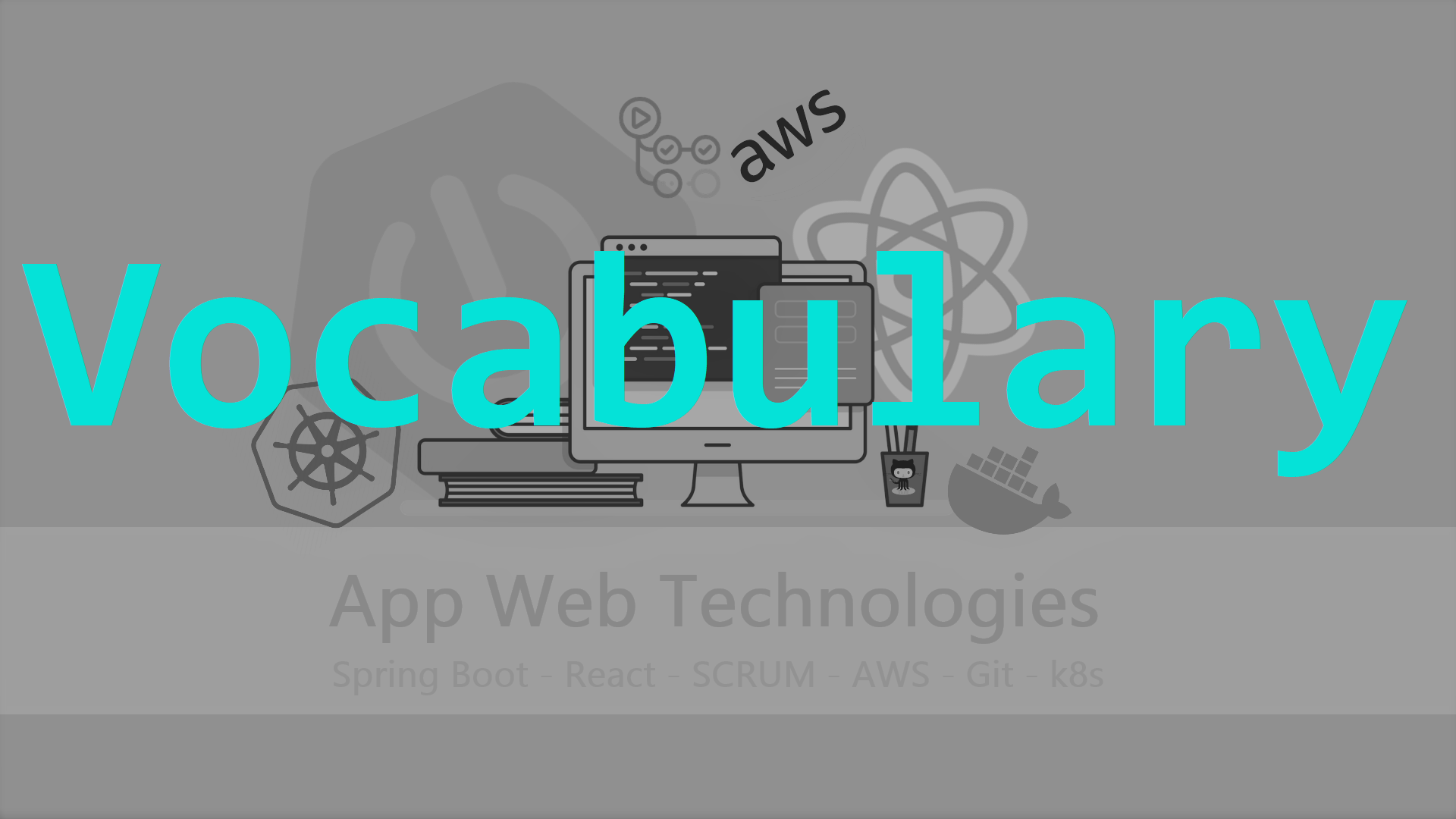General Vocabulary
Technical terms and definitions
vocabulary
description
1 Vocabulary
| Term | Description |
|---|---|
| DevOps | Development and Operations - a set of practices that aim to automate and improve the process of software development and IT operations to deliver high-quality software more efficiently. |
| Scrum | A lightweight framework that helps people, teams, and organizations generate value through adaptive solutions for complex problems, as defined in the Scrum Guide. |
| Framework | A pre-established set of rules, conventions, and practices that provides a structure for developing software applications, simplifying the development process. |
| Immutable Code | Code that, once created, cannot be changed or modified. In the context of DevOps, it often refers to version control practices to maintain consistency and traceability in code. |
| GitHub | A web-based platform for version control and collaboration that allows developers to host and review code, manage projects, and build software. |
| Serverless | An architecture approach where the cloud provider is responsible for infrastructure management, allowing developers to focus on writing code without worrying about servers. |
| Container | A lightweight, portable, and self-sufficient unit that can run applications and their dependencies, ensuring consistency across different environments. |
| Webhook | A mechanism that allows one system to send real-time information to another system when a specific event or trigger occurs, enabling seamless integration between applications. |
| Polling | A method of repeatedly checking or querying a server or service at regular intervals to retrieve updated information, often used in scenarios where real-time communication is not required. |
| Parse | To analyze and interpret data or code, often used in the context of programming languages or data formats. |
| Throttle | To control or limit the rate at which a system or process operates, often used to prevent excessive use of resources or to manage API requests within certain rate limits. |
| DDD | Domain-Driven Design - an approach to software development that focuses on understanding and modeling the business domain to create more effective and maintainable software solutions. |
